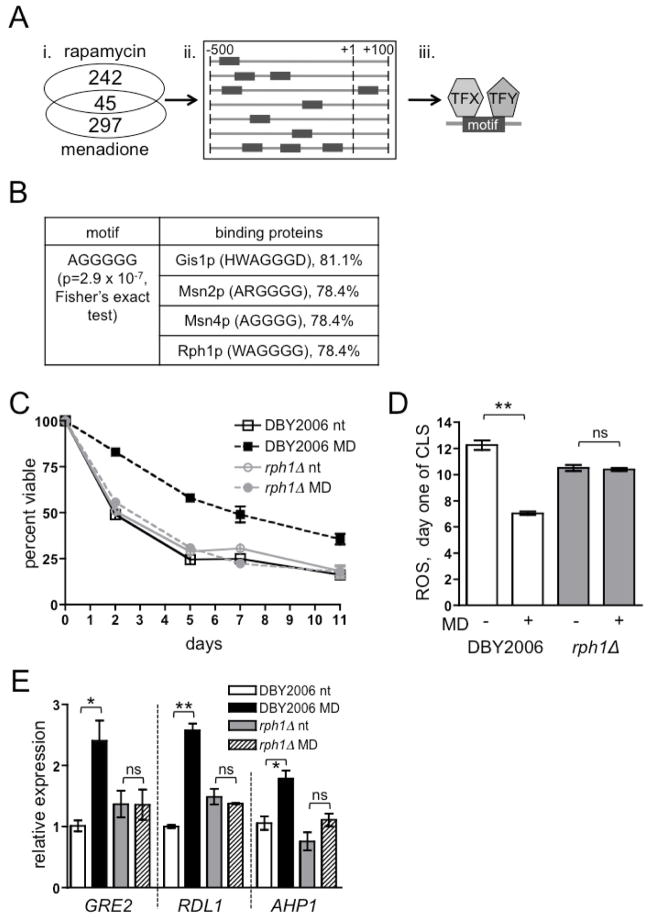Figure 1. The Histone Demethylase Rph1p Mediates Hormetic mtROS Longevity Signaling.
(A) Strategy to identify factors that regulate the global transcriptional response to hormetic mtROS signaling. i. Identification of genes induced under conditions of elevated mtROS. ii. Promoter sequences of induced genes were analyzed to identify enriched motifs. iii. Known transcription factor binding sequences were scanned for the presence of motifs similar to those enriched in mtROS-induced gene promoters.
(B) Results of promoter analysis. The AG5 motif is significantly enriched in promoters of genes induced by mtROS, and is similar to the DNA sequences recognized by the proteins listed. The percentages of mtROS-induced genes containing the exact motifs recognized by the candidate proteins are indicated to the right of the motif. See also Table S1.
(C) CLS of wild-type (DBY2006) and rph1Δ strains treated with 50 μM menadione (MD) or vehicle (not treated, nt) during logarithmic growth. In all CLS curves, data points represent the mean of three biological replicates inoculated from single colonies ±SEM.
(D) ROS levels in wild-type and rph1Δ strains treated with menadione (MD+) or vehicle (−) during exponential growth. Samples were analyzed at day one of CLS. In all graphs, data points represent the mean of three biological replicates ±SEM unless otherwise indicated. “ns” designates p>0.05, * designates p≤0.05, and ** designates p≤0.01.
(E) RT-PCR of transcripts induced by mtROS. Wild type and rph1Δ were treated with 50 μM menadione (MD) or vehicle (nt) for two hours in exponential phase, and the expression of three genes selected from the list of 45 mtROS-responsive transcripts (Fig. 1A) was analyzed. See also Figure S1.

